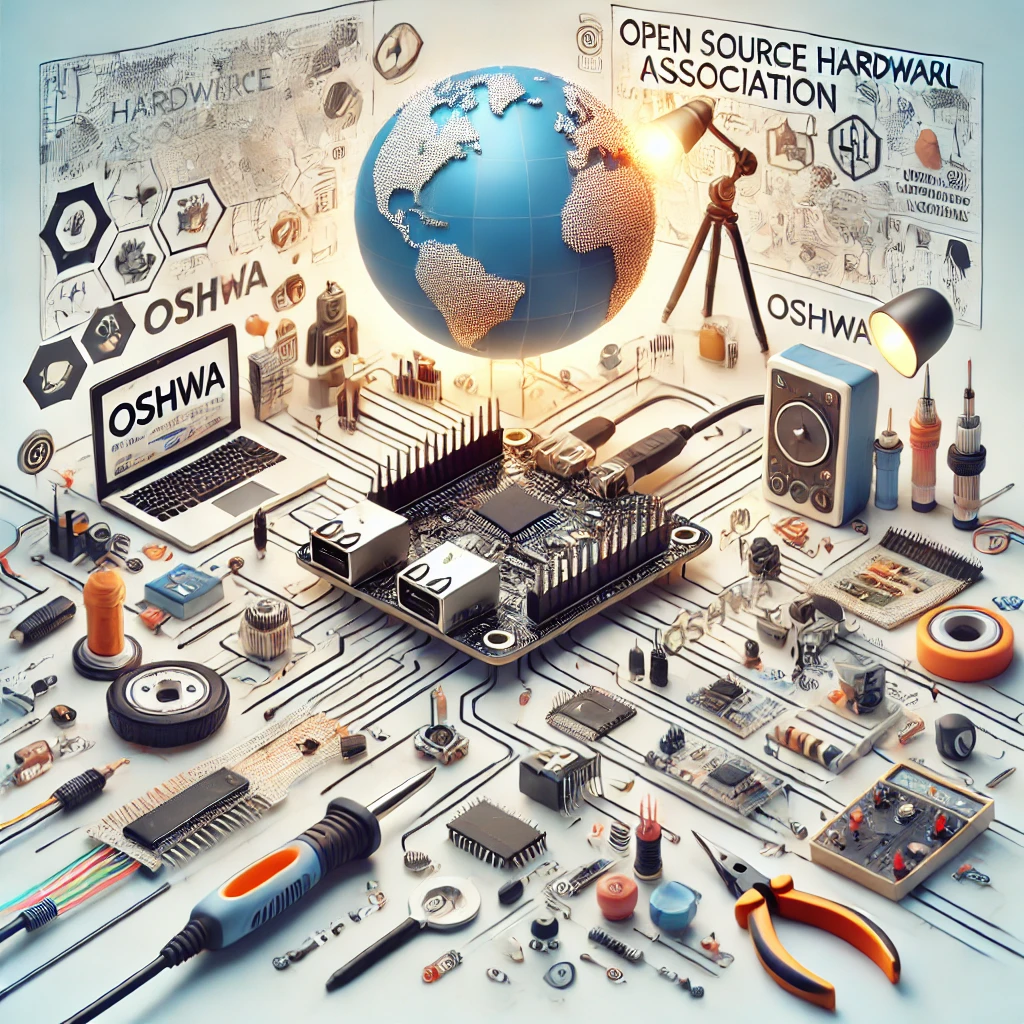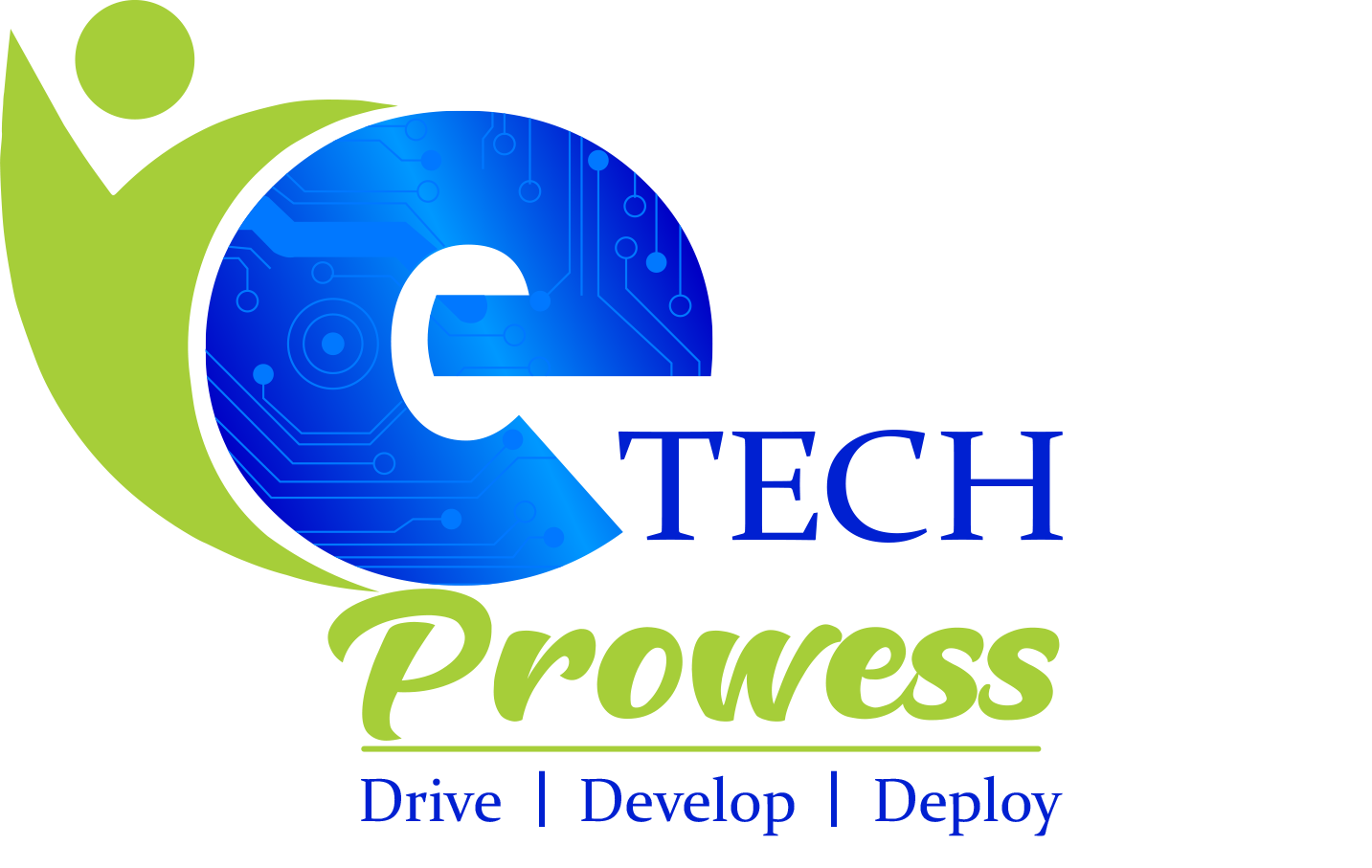
10 golden rules that help students to become a part of Open-Source Hardware (OSHW) community
10 Golden Rules That Help Students Become a Part of Open-Source Hardware (OSHW) Community in 2025
Open-source hardware (OSHW) offers students an exciting opportunity to dive into hands-on learning and practical applications of technology. Whether you’re a beginner or someone with some experience, here are the 10 golden rules that will improve your OSH skills and make the most of the resources available.
Now, what is this open-source community? It’s a facility that helps in learning new trends in embedded technologies with low-cost developer boards. Understanding microcontrollers from an industry perspective can be challenging since students rarely get access to such resources. To address this, a community of tech enthusiasts has developed tutorials and offers technical assistance. The vision is clear: access to hardware will no longer be a challenge for students. Those who build innovative projects during their graduation period will stand out. Publishing findings on social media or community blogs will attract attention from tech companies.
Rule 1. Start with the Basics
- Understand the OSH Concept: Learn what open-source hardware is, its purpose, and how it differs from proprietary hardware. Start with foundational knowledge to appreciate collaboration in the OSH ecosystem.
- Suggested Readings: The Open-Source Hardware Association (OSHWA) website.
- Familiarize Yourself with Electronics Fundamentals:
- Learn basic concepts like voltage, current, resistance, and circuits.
- Explore components like resistors, capacitors, LEDs, transistors, and microcontrollers.
- Practice reading circuit diagrams.
- Free Resources: Online tutorials on platforms like Khan Academy or Electronics Tutorials.
Rule 2. Choose Beginner-Friendly OSH Platforms
Start with accessible platforms designed for students and beginners. Training materials, hardware suggestions, and connection diagrams are available online. Seek technical assistance if needed.
- Popular Platforms:
- Arduino: A microcontroller platform with extensive tutorials and community support.
- Raspberry Pi: A versatile single-board computer for programming, robotics, and IoT projects.
- ESP32/ESP8266: Great for IoT and wireless projects.
Rule 3. Learn Programming for OSH
Programming is essential for controlling hardware. Focus on languages commonly used in OSH, starting from basics to advanced levels.
- C/C++: Essential for Arduino and microcontroller programming.
- Python: Widely used with Raspberry Pi, AI, and IoT applications.
- Recommended Tools: Arduino IDE, Thonny (Python IDE).
Rule 4. Practice with Projects
Build simple projects to reinforce your skills. Gradually increase complexity. Community support can assist with connection diagrams and code.
- LED blinking with Arduino.
- Weather station using Raspberry Pi.
- IoT door lock using ESP8266.
Rule 5. Join the OSH Community
Collaboration and peer learning are key in OSH. Participate in forums, attend meetups, and join maker groups.
- Platforms: Arduino Forum, Raspberry Pi Forums, Reddit, Discord.
- Pro Tip: Attend hackathons or maker fairs to network and gain inspiration.
Rule 6. Get Comfortable with Tools
- Multimeter: For measuring voltage, current, and resistance.
- Soldering Iron: For assembling circuits.
- Breadboards: For prototyping without soldering.
- Integrated Development Environment: Each board has a dedicated IDE.
Rule 7. Explore Documentation and GitHub Repositories
- Learn to Read Open-Source Designs: Study schematics, code, and assembly guides of existing projects.
- Practice Modifying Projects: Fork repositories on GitHub and customize them.
- Learn about version control tools like GitHub for better project management.
Rule 8. Take Online Courses
- Coursera: Courses like “An Introduction to Programming the Internet of Things” by UC Irvine.
- edX: Courses on embedded systems and microcontroller programming.
- YouTube Channels: Follow creators like Adafruit Industries or Andreas Spiess.
Rule 9. Build a Portfolio
- Document projects with descriptions, photos, and code.
- Share on GitHub, Hackster.io, or personal blogs.
Rule 10. Stay Updated with OSH Trends
- Follow industry news and blogs on OSH.
- Explore platforms like RISC-V or NVIDIA Jetson Nano for advanced projects.
Note: Learning Plan
- 1st Month: Learn basics of electronics and programming. Complete simple projects.
- 2nd Month: Explore Arduino. Build intermediate projects.
- 3rd Month Onward: Collaborate, customize projects, and contribute to repositories.

Reviews